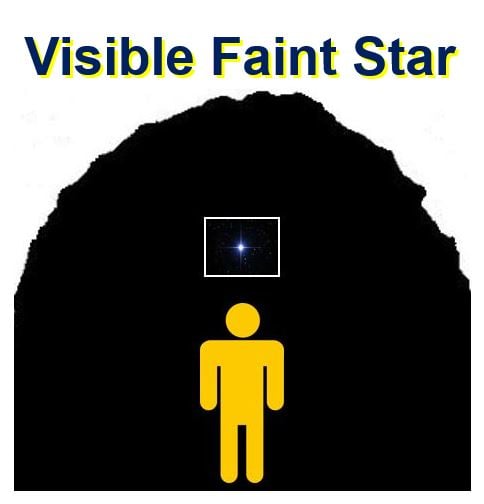Stargazing before telescopes – looking up at the sky and studying our Universe – occurred 6000 years ago in prehistoric tombs, say scientists at the National Astronomy Meeting 2016, held at the University of Nottingham: 27th June – 1st July.
A team of astronomers is investigating what could be described as the first astronomical observing tool used by humans we know of. They suggest that the ancient, long, narrow passages made of stone, part of the ‘megalithic’ tombs, may have enhanced what people thousands of years ago could see in the sky at night – an effect that was most likely interpreted as the ancestors granting special power to those being initiated.
 The megalithic cluster of Carregal do Sal, Portugal. In these stone passages the person being initiated could probably see faint stars during twilight that were not visible from above ground. (Image: Nottingham Trent University)
The megalithic cluster of Carregal do Sal, Portugal. In these stone passages the person being initiated could probably see faint stars during twilight that were not visible from above ground. (Image: Nottingham Trent University)
From stone passageways fainter stars become visible
The scientists plan to investigate how a simple aperture, such as an opening or doorway, affects the observation of marginally fainter stars.
Their study focuses specifically on passage graves, which are a kind of *megalithic tomb consisting of a chamber of large interlocking stones and a long narrow entrance. Stargazing before telescopes occurred in these ancient passage graves.
* Megalithic is the adjective of ‘megalith’, a large stone that forms a prehistoric monument, or part of one.
Archeologists and anthropologists believe that these spaces were sacred – they believe the sites were probably used for rites of passage. They are thought to be a place where the initiate would spend the whole night within the tomb, with no natural light except from that shining down the narrow entrance lined with the remains of the community’s ancestors.
6,000 years before telescopes were invented
These tombs may therefore have been the first astronomical tools we know of that supported the watching of the skies, several thousand years before the arrival of the telescope, which historians say was invented by German-Dutch lensmaker Hans Lippershey in 1608.
 Some faint stars would not have been visible to people above ground during twilight, but observable for the initiates standing in the underground tomb passageways.
Some faint stars would not have been visible to people above ground during twilight, but observable for the initiates standing in the underground tomb passageways.
Project leader, Kieran Simcox, who studies physics and astrophysics at Nottingham Trent University, said:
“It is quite a surprise that no one has thoroughly investigated how for example the colour of the night sky impacts on what can be seen with the naked eye.”
The project targets how our eyes can see stars – given the sky’s brightness and colour – without the aid of a telescopic device. Team members aim to apply these ideas to the case of passage graves, such as the ones in Seven-Stone Antas in Central Portugal, believed to be more than 6,000 years old.
Dr. Fabio Silva, who teaches Skyscapes, Cosmology and Archaeology at the University of Wales Trinity Saint David, says regarding the tombs:
“The orientations of the tombs may be in alignment with Aldebaran, the brightest star in the constellation of Taurus. To accurately time the first appearance of this star in the season, it is vital to be able to detect stars during twilight.”
Was This 6,000-Year-Old Tomb the World’s First Telescope? | TSE @NTUNews @UWTSD https://t.co/bje8mIt2XL pic.twitter.com/uqFp7010hR
— The Science Explorer (@TSExplorer) July 1, 2016
Tombs perceived as sources of secret knowledge
The first sighting in the year of a star after it disappeared from the night sky for a long time may have been used as a seasonal marker, and could have indicated the beginning of a migration to summer grazing grounds, for example.
This kind of insight could have been seen as secret knowledge, a type of prediction one could only obtain after spending a night in contact with the ancestors deep within a passage grave, given that the star may not have been visible from outside.
Given the small entrance passages of the tombs, it may have been the result of the ability of the human eye to spot stars in such twilight conditions, the scientists suggest.
6,000-year-old #tomb may have been used as prehistoric telescope https://t.co/1JbCs4Teal #grave #History #Ancient #Ritual #Astronomy
— MadamSheol ╰დ╮♠ ╭დ╯ (@MadamSheol) 1 July 2016
